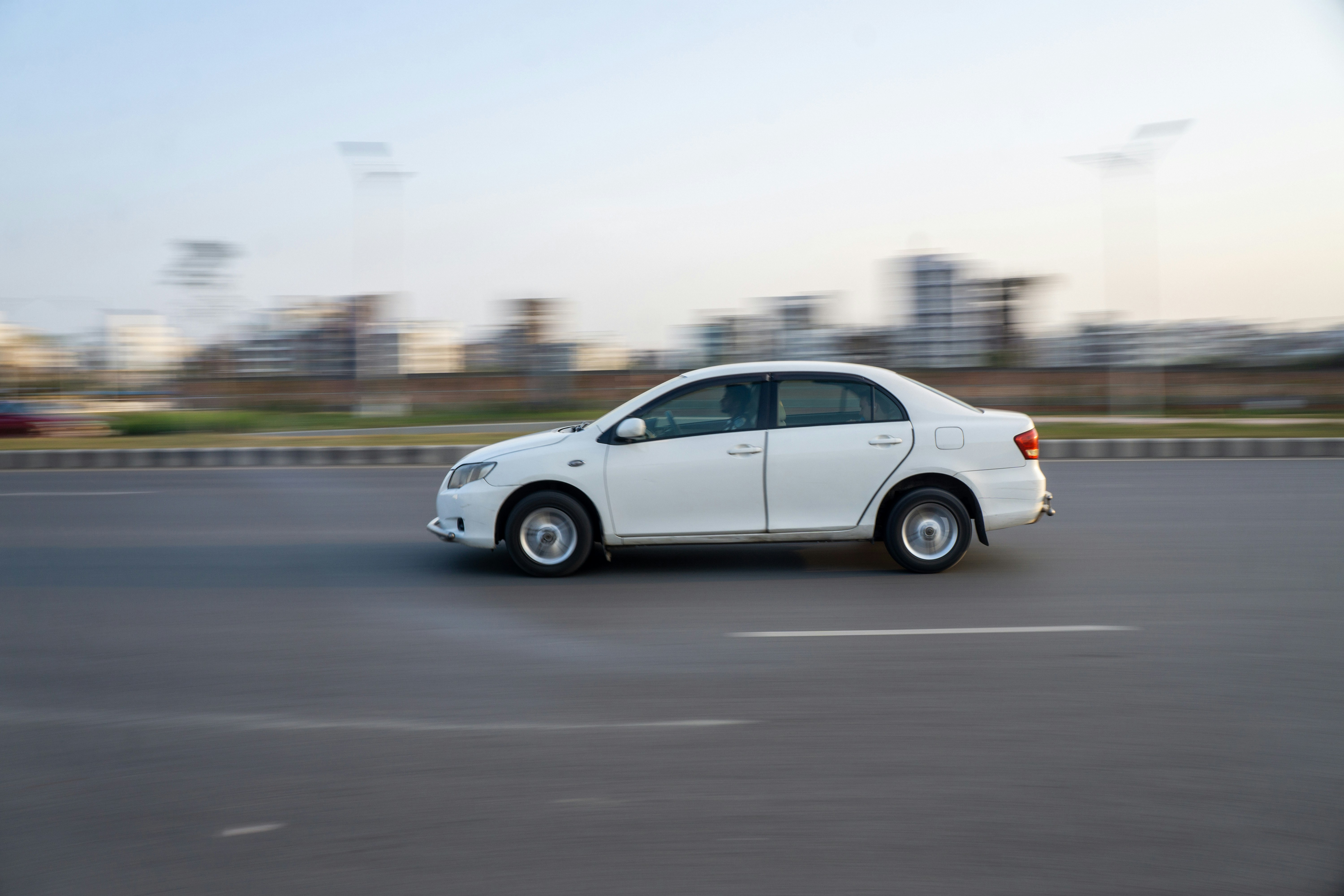Road rage is more than just a fleeting moment of frustration behind the wheel – it’s a very real issue with potentially dangerous and even fatal consequences. And it’s getting worse, with a recent AA Insurance survey finding that half a Kiwis think road rage is becoming worse.
So what can be done to address Kiwi road rage? Let’s start by looking at just how big the problem is (and who is most likely to lose their cool), why road rage happens in the first place, plus a few tips to avoid road rage and make New Zealand roads safer for other road users too.
Road Rage in New Zealand
The most likely demographic to experience road rage are drivers aged 18–24, with 78% reporting having experienced road rage over the past year. These numbers are not only staggering but indicate just how pervasive road rage culture has become in New Zealand.
Drivers who engage in road rage are more likely to be involved in driving incidents, which can lead to severe injuries or even death. In New Zealand, road rage has been cited as a contributing factor in several high-profile incidents in recent years. One such incident occurred in 2017 when a driver tailgating another vehicle on a motorway caused a multi-car pile-up that resulted in the deaths of three people. The driver responsible for the incident was subsequently charged with manslaughter and sentenced to three years in prison. This tragic incident highlights the real-world consequences of road rage and serves as a reminder of the importance of safe and responsible driving.
Why Do We Get Road Rage?
Research has found that even those who might typically becalm and collected in their everyday interactions are likely to experience a Jekyll-and-Hyde transition into experiencing extreme and irrational anger while in their cars.
Sadly, the statistics above illustrate the grim reality that, for many, road rage has embedded itself within Kiwi driving culture. We tend to prioritise assertiveness and individualism over cooperation and courtesy, making for an overall more confrontational and competitive driving style.
This more aggressive approach to driving comes back to the idea that our cars and the space around them are our own private spaces. The visual and physical separation from other road users makes it difficult to seethe humanity in other drivers on the road, meaning that regular social norms go out the window. The fact that the person in the other vehicle is a complete stranger means we don’t perceive the same level of consequences as we would for people we know. It also means we might not be able to gauge the intentions behind their actions on the road, making it easy to take offence to things that might have been a simple mistake or oversight.
Three Tips to Avoid Road Rage
1. Plan ahead.
Traffic jams are a common cause of road rage, so planning ahead can help keep your calm. Planning ahead can ensure that you avoid heavy traffic and that any necessary stops can be made with minimal difficulty or delay. Scheduling your trip in advance can also mean that you can arrive at your destination with plenty of time to spare, making for a less stressful drive. Planning might also include having ample water and snacks on hand to avoid any hangry outbursts.
2. Resist the urge to get even.
Even if you feel you’re the one in the right, consider whether you really needto communicate that. Don’t respond aggressively to an aggressive driver. It’snot about “winning” or “teaching them a lesson”. There is no prize forovertaking the car that cut you off, and in this economy, is proving a point toan angry stranger really worth the extra petrol?
3. If you are in the wrong – acknowledge it.
Something as simple as a wave of apology can help de-escalate a potentially dangerous situation. Where others have acted dangerously or threateningly on the road, it is important to forgive and move on. Be open and non-judgmental. Consider the other driver – perhaps they’re rushing home to an emergency, or they might have had a horrible day. Understand that not everything that other drivers do is necessarily directed at you. How you react can either defuse the situation or make things much worse. Consider your actions and emotions in the present moment, knowing that you have the power to determine how the situation will play out.
Final thoughts
As drivers (and human beings), it's essential to understand the reasons behind our tendencies towards road rage and take careful steps to prevent it. Planning ahead, resisting the urge to retaliate, and acknowledging our mistakes are some of the simple yet effective ways to avoid road rage and minimise dangers on the road. If we all do our part, we can ensure safer roads for every New Zealander who uses them.






.png)

